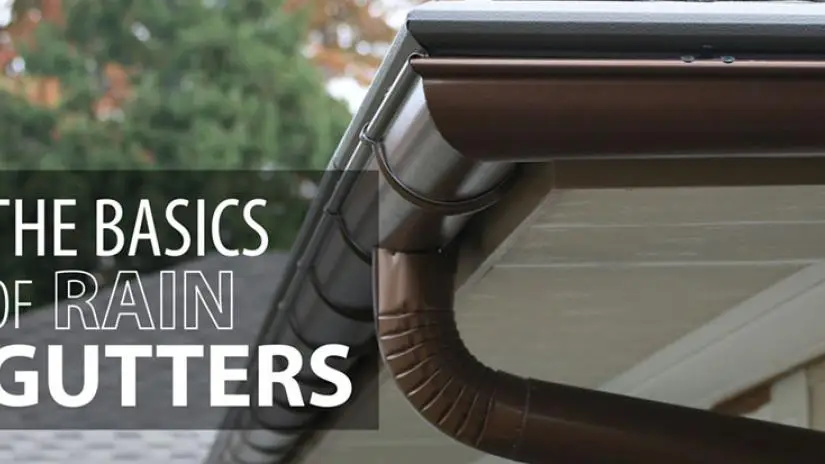
Rainbow Restoration highlights the essential role rain gutters play in protecting homes from water damage.
|
Directing runoff away from your property, rain gutters are an essential way to protect your home not only from dampness and flooding, but the serious foundation issues that can result from poor drainage. Luckily, rain gutters come in an array of styles, colors, shapes, sizes, and prices, so preventing these issues is relatively simple – at least in theory.
The Gutter Guntlet: Figuring Out What You Need…
With the massive variety seen in rain gutter styles, sizing, construction material, and accompaniments, heading straight to the hardware store prior to doing research may leave you scratching your head in the aisle with a migraine. Luckily you were smart enough to think ahead, so we’ll break it down for you:
-
Gutter styles
- K-Style
These rain gutters resemble crown molding, with flat bottoms and backs, and a decorative front. Twice the capacity of half-rounds, but up to 50% more per linear foot in cost.
- Half-round
Half-round, as indicated, and often found on older or historic homes. Capable of transporting far less water than K-style, but budget friendly: Half-rounds are half the price.
- K-Style
-
Gutter width
-
Rain gutters typically come in 5, 6, and 7 inch wide sizes. Not surprisingly, the wider, the more they can move. However in colder climates, ice accumulation can create weight issues in wider troughs.
-
-
Seamless versus sectional
- Sectional
Bolted to your house and attached together, piece-by-piece. Great for D-I-Y installations.
- Seamless
Pricier, requiring professional installation, however fewer pieces mean less leakage and breakage issues.
- Sectional
-
Gutter materials
- Aluminum
Widely-used due to its economical price tag, this lightweight material won’t rust, comes in colors, or can be painted. Opt for thicker gauge (.035-.027) for heavier duty snow-country installations.
- Vinyl
Lightweight and less expensive than aluminum, vinyl is another popular choice among D-I-Y-ers. You’ll have less color choice than aluminum, however, and susceptibility UV fading, cracks in severe cold, and damage from ladders.
- Steel
Strong but a bit too heavy for D-I-Y installations, steel comes in many color options, or can be painted. Galvanized options resist rust, but can still start rusting after 5-10 years.
- Copper
Beautiful but pricey, copper is built to last, and naturally beautiful. Copper rain gutters are a common feature on high-end and historic homes. Pro installation is a must, however, due to joint welding.
- Zinc
Similar in durability and care but costing slightly less than copper, zinc also requires welding and professional installation.
- Aluminum
-
Downspouts
-
Available in round, square, and decorative varieties, you’ll need about one for every 30-40 linear feet. More downspouts = increased capacity.
-
Mind-numbing Math
Flooding can cause a lot of damage to your property, but the math involved with figuring out the equations necessary to ensure the right rain gutter size and capacity for your home could damage your brain. Size, slope, average rainfall, ice issues, and more come into play, so it’s highly likely professional installation help will be needed. However for those feeling brave with their calculator, ladder, and wallet, Google and YouTube to your heart’s content.
Feel like you’re up a creek without a paddle? No matter how bad your flooding issues are – or if you caused them with a misguided rain gutter installation - Rainbow Restoration® can help. Contact us today.
